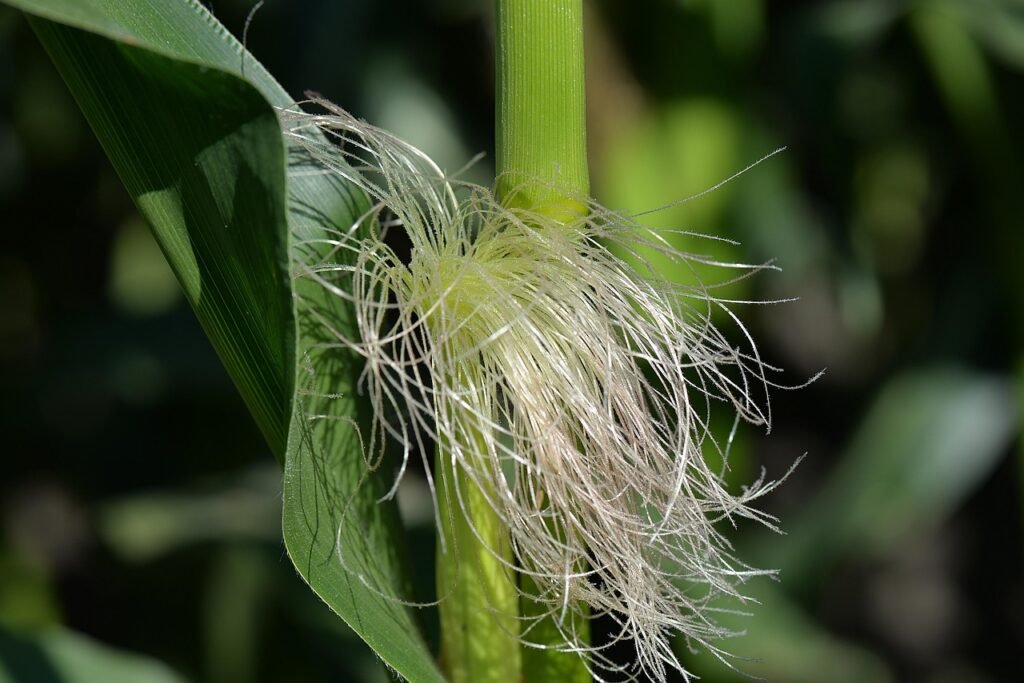

Last week I commented that futures traders seemed to be ignoring some fundamental factors in the grain market. The frustration seemed to stem from the fact that this week the grain market actually had new numbers released in the form of grain stocks and acreage reports that were perceived as negative for corn prices. The problem was that traders viewed them as negative and were trying to drive prices down.
It appears the market is hoping prices will fall, either against the news or in support of the news. The final outcome for North American corn and soybean harvests is still a long way from being proven, but South America is close to finding out, and the market is ignoring the North American issues.
USDA Report
The USDA monitors planting data, crop conditions, and yields for 18 states and releases a report every Monday afternoon. Small changes in crop conditions, for example, can change market prices. The USDA also periodically releases estimates of grain stocks, which are the amount of grain held by farmers and merchants. On June 28, we received estimates of grain stocks, as well as estimates of planted acreage for individual crops.
Grain stocks of corn and soybeans were a little higher than traders expected. Not a big deal, but not enough to push prices higher. What moved the market was the acreage report. Corn acreage, last reported at the end of March, came in above trade expectations. The average trade estimate for grain corn was 90.3 million acres, but the USDA estimated it at 91.5 million acres.
Whether true or not, this has shaken the industry. They will now be forced to “trade” that number, i.e., they will trade futures under the assumption that USDA is correct. This will change the balance sheet and increase the estimated “take home” bushels at the end of the marketing year. Our take home was already exceeding the hopes of those hoping for a higher price.
As a result, corn prices on the Chicago Board of Trade continued to fall. A few months ago, analysts were saying corn prices would fall to $4 a pound at harvest. That would have been a great price a few years ago, but with the massive increase in production costs over the last few years, it could now be a disaster. Now $4 corn is below the cost of production.
trend
Let’s look at the trends. With July futures now in the delivery window (it’s a cash contract and the seller is obligated to deliver to a specific Illinois River terminal), we are tracking September corn futures as the lead month. The most recent high for September futures was $4.84 1/2 on May 14th. This price occurred on a rally that came after the initial $4 corn story. That story, which centered around declining corn acreage and yields in South America, died away and has plummeted in the six weeks since. It closed at $3.99 1/2 on the evening of June 28th, a loss of 85 cents in six weeks. Terrible!
futures
I am tracking November Soybean futures primarily because farmers have sold most of their soybeans and in recent years there has been a strong trend to move from July futures to November futures as the basis for current cash purchases. This is especially true when the market is inverting (when the front month is higher than the back month). This is not the case at the moment, but November is significantly lower than August or September futures at this time.
November soybean futures hit a high of $12.30 1/2 on May 7. The most recent low was $11 on June 28 after the recent USDA report. It traded 25 cents that day to close near the low at $11.04, but only lost 3/4 of a cent on the day. September corn futures fell 11 cents on June 28. The trend in soybeans has been sharply downward, just like corn, losing more than $1.30 in the past seven weeks.
It will be interesting to see what happens on July 1st. We will know by the time you read this article. Corn acreage is currently expected to be 3% lower than 2023 (but keep in mind this is higher than industry expectations). Interestingly, soybean acreage was reported to have increased by the same 3% increase as corn acreage decline, despite earlier talk of soybean acreage increasing due to other crops. One would think that soybean prices should rise by the same amount that corn fell. Was the market trading corn and ignoring soybeans on June 28th? Will soybeans rise on July 1st? Will the prices of the two crops diverge?
weather
Now, back to the weather. It seems like the market is still ignoring the problems that many farmers are reporting. First, Northeast Ohio seems to be the showplace for Midwest corn fields. I heard tonight that the corn is in great condition, 6 to 7 feet as of June 30th. Soybeans are good, but not great. Meanwhile, I also heard today that the Lower Missouri River is going to flood, destroying much of the best agriculture in the river bottoms of the Northwest Corn Belt.
Corn and soybeans die within 24 to 48 hours of being flooded. Corn is like a diesel engine; the number one thing it needs is oxygen. Additionally, the water level in the upper Mississippi River is rising due to excess rain falling on flooded fields. Parts of southern Minnesota received 7 to 10 inches of rain last week.
Meanwhile, most of the Corn Belt has had dry weather over the last month, except for the ECB, where the weather has been fine after some delayed rains early in the planting season. All of this would seem to mean that yields have been reduced in many parts of the Corn Belt, but the market is not reflecting this, likely because futures traders view the USDA numbers as reality and the weather models as farmers’ foolishness.

